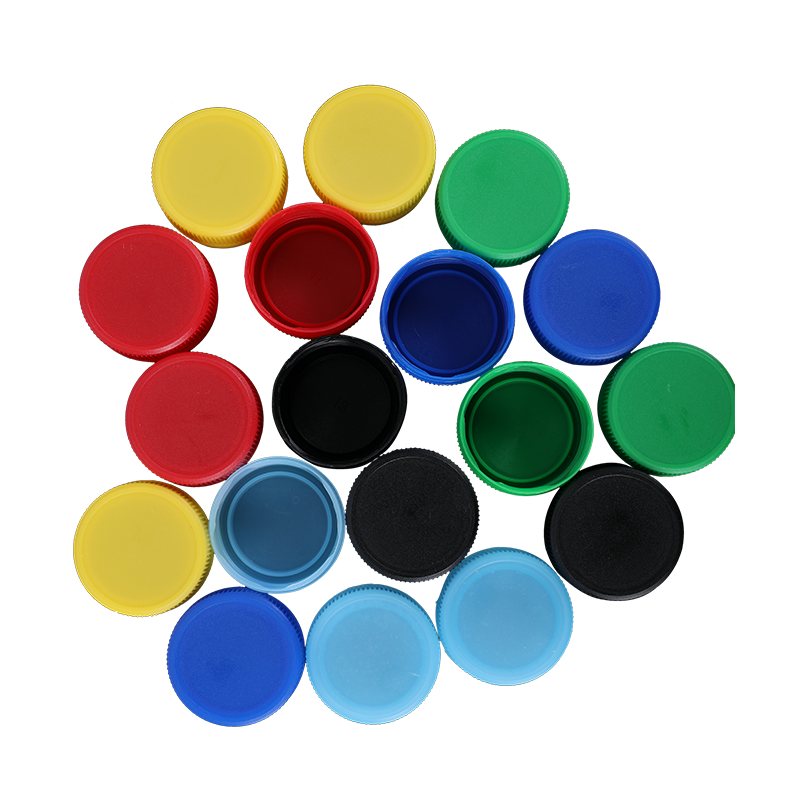Plastic bottle caps for beverages are different from others. This directly affects our health and we are more concerned about them. Generally, we use sterilizing water for sterilization. There are unstable elements in the sterilization water, and they will decompose on their own. Sterilization of sterilizing water is to use this decomposition process (oxidation process) to oxidize the microorganisms on the surface of the object, so as to achieve the purpose of sterilization. Common substances with strong oxidizing properties are: peracetic acid, ozone water and chlorine water. The instantaneous bactericidal properties of ozone are better than chlorine.
At present, the sterilizing water for plastic bottle caps basically uses peracetic acid and ozone water, most of which are peracetic acid. The greater the concentration of sterilizing water, the shorter the required sterilization time. For peracetic acid with a temperature of 65°C and 2000PPM, sterilization in 30 to 60 seconds can make the bottle cap meet the requirements of commercial sterility. Due to the short sterilization time and good sterilization effect of sterilizing water, it is widely used in the sterilization of bottles and caps of fruit and vegetable juice beverages. The main methods of using sterilizing water to sterilize plastic bottle caps are spray type and immersion type.

The spray type uses multiple sets of nozzles to spray sterilizing water on the bottle cap in multiple directions to sterilize the surface of the bottle cap. The time the bottle cap receives the spray should ensure that the microorganisms can be completely killed. The specific method is as follows: the bottle caps after the cap management enter the bottle cap track in the same direction, and there are multiple sets of nozzles above and below the track. Each set of nozzles can spray sterilizing water on the bottle cap from different angles, and the sprayed sterilizing water is right The sterilization of the bottle cap also pushes the bottle cap forward along the track.
When peracetic acid is used as sterilizing water, the bottle caps sprayed with sterilizing water need to be rinsed with sterile water to remove the residual peracetic acid on the cap and make the residual amount lower than the relevant standard; after rinsing with sterile water Blow dry the cap with sterile air. When ozone water is used as sterilization water, since the products of ozone water decomposition are water and oxygen, there are no harmful residues. In theory, there is no need to treat the bottle cap again. However, in the actual production process, because the bottle cap sterilizer is exported It is very close to the capping machine and cannot completely decompose the residual ozone. Therefore, after the bottle cap is sterilized by ozone water, it needs to be rinsed with sterile water and dried with sterile air. Due to the linearity of sprayed water, aseptic water spray sterilization can be used to sterilize mineral water bottle caps, as well as to sterilize tea beverages and fruit juice beverages during hot filling. Hot-filling adopts full-bottle filling. After filling and capping, the bottle is poured and the cap is heated for internal sterilization.
https://www.plastic-bottle-caps.com/